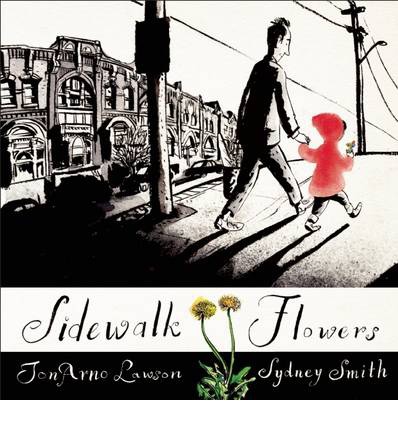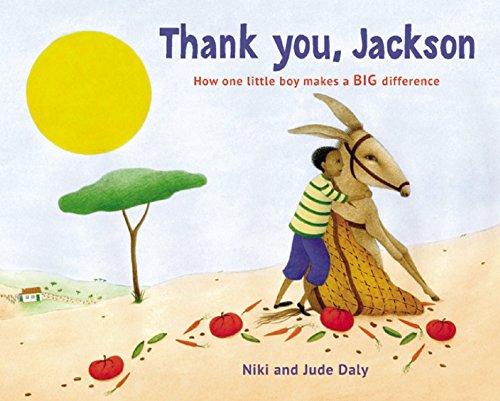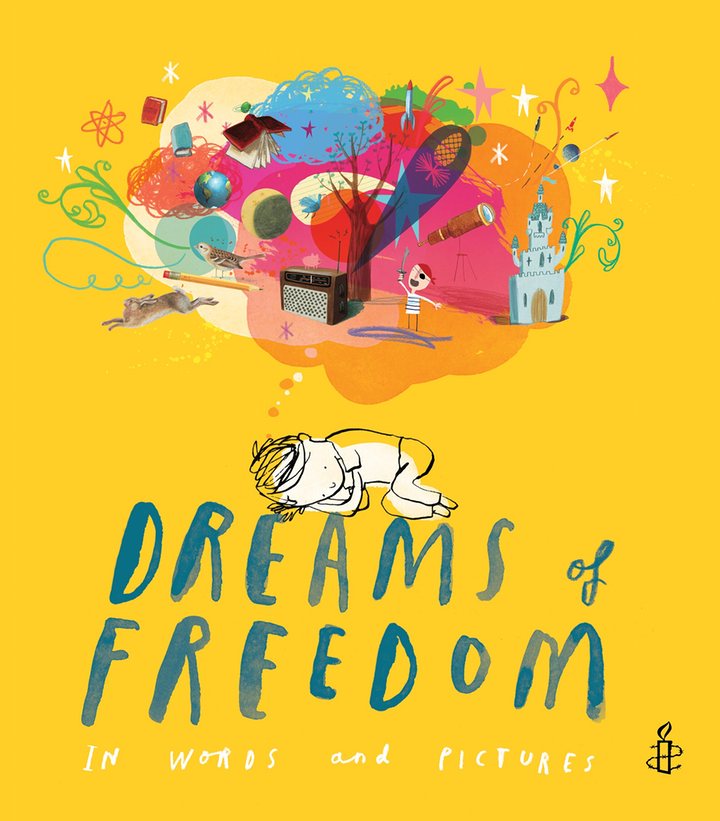By Janelle Mathis, University of North Texas
While contemplating contemporary issues that cross global communities reflected in children’s literature, I recently found a title of interest in the 2016 Outstanding International Book list of USBBY. This list crosses all levels of readers, young children to young adult, and includes books from a diversity of countries.
This week’s book, Red by Jan De Kinder, translated by Laura Watkinson, was originally published in Belgium. In 2015, Eerdmans published Red in the U.S. The focal point of this book is Tommy’s blush — a cherry red, obvious blush — that others tease and bully him about. One boy, Paul, perpetrates the bullying while the other children simply laugh. But as the bullying becomes more intense, the others stop their laughter. The girl narrating the story says she wants to tell Paul to stop but is afraid of him, like the others. When the teacher questions the incident and who started it, the girl is afraid to speak out by herself.
“My mouth won’t move but my hand wants to go up,” she says. On a following page without words, her hand is up. Once she has shown this bravery, other children who witnessed the bullying join in and stand up for Tommy. The simple text with a universal situation discloses how bullying can begin as a very small action and only takes one perpetrator to turn it into a life-damaging event for the victim. It also relates that justice can begin with one small but brave action — in this case, the girl raising her hand as a witness. Readers become aware that fearing the bully and shying away from standing up alone is normal. But the strength to take a stand for what is right also exists.
Although the text is simple, the creator’s use of color and image placement within the book supports the story. The color red appears on each page, reflecting Tommy’s blush as well as the fear and anger that evolves in the story. When the bully is identified and justice served, green is used to reflect Paul’s sour apple expression. The only other colors decorating the book are tan and black for the neutral setting. When the narrator describes her fear of Paul, she is positioned very tiny in the bottom corner. Paul hovers over the page as a large monster, highlighted in red with a sharp tongue and strong fists. When the girl bravely raises her arm, the background of the two-page spread is solid red.
Considering how to overcome the challenge of bullying is a global concern. Many advocates rely on stories that provide situations to show children the importance building positive relationships. When considering how to pair this book, I didn’t go further than the 2016 OIB list itself. I identified two books that show children taking action to promote better relationships: Sidewalk Flowers by JonArno Lawson, illustrated by Sydney Smith, and Thank you, Jackson: How one little boy makes a BIG difference by Niki and Jude Daly.
Sidewalk Flowers, a wordless picture book published in 2015 in Canada and the U.S. by Groundwood, shows a little girl walking in a seemingly large city with her father. She begins collecting wild flowers she sees growing randomly and eventually has a small bouquet. As the walk continues, she places the flowers purposefully in various places such as on top of a dead bird, beside a sleeping man on a park bench, on a dog’s collar, and in her family’s hair. Each gift is an act of kindness and reveals that everyday acts can be the most meaningful for both the giver and reciever.
Additionally, on a lighter though serious note, Thank you, Jackson, published by FrancesLincoln in 2015, takes place in Africa. A young boy watches as his father tries uselessly to get their old donkey to move — to climb the hill to the market. The boy, rushing up to save the donkey from a beating, calmly whispers in the donkey’s ear, and it continues the journey. The whispered message was the simple words “please” and “thank you,” words that the farmer realized he had never said to his hard-working donkey. Of course, after the successful market journey, the farmer remembered to thank his donkey before entering the house. The child had planted seeds of appreciation and kindness — both necessary to meet the challenge of bullying.
One more book that emerged in my reading and research for building positive relationships and bypassing bullying was Dreams of Freedom: In Words and Pictures created by Frances Lincoln Children’s Books in association with Amnesty International UK. For those who see picture books as only for young children, Dreams of Freedom relays quotes and images from significant global figures in response to explanations of “Freedom not to be hurt, Freedom to make a difference, Freedom to be yourself, Freedom to be a child, Freedom to learn, Freedom to feel safe, among others.”
As you can see, these freedoms are declarations against bullying, and the quotations that comprise the text each speak from the perspective of champions of human rights around the world. Significant illustrators throughout the global literature community have contributed the illustrations, and all royalties are donated to Amnesty International. Thinking of the words of Nelson Mandela, Nadia Anjuman, the Dalai Lama, Malala Yousafzai and others in response to freedom offers a statement of the problem and a potential solution.
What books do you feel empower readers to seriously consider his or her role when witnessing acts of bullying? What books might offer alternative ways to build relationships across the global community?
Journey through Worlds of Words during our open reading hours: Monday through Friday 9 a.m. to 5 p.m. and Saturday 9 a.m. to 1 p.m. Check out our two online journals, WOW Review and WOW Stories, and keep up with WOW’s news and events.
- Themes: Janelle Mathis
- Descriptors: Books & Resources, WOW Currents




